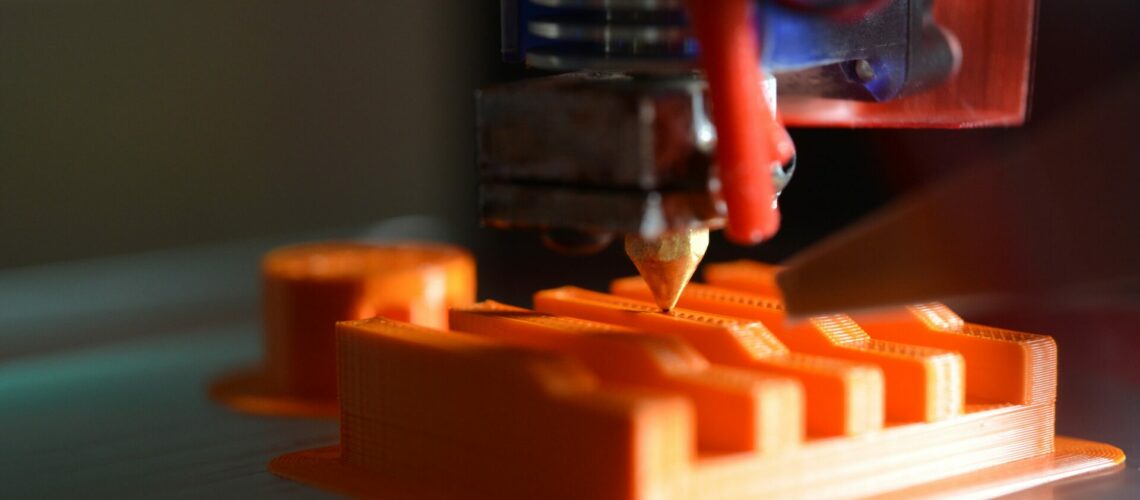The ever-evolving landscape of technology is a testament to human ingenuity and innovation. Two technological front-runners that have garnered considerable attention over the past decade are computer vision and 3D printing. Not only have they individually transformed numerous sectors, but their convergence is also setting the stage for a new realm of possibilities. Samer Najia, a leading figure in the 3D printing domain, astutely remarks, “3D printing changed how we make things, but combining it with computer vision is changing how we see and interact with the creation process.” This partnership of technologies is poised to influence every step of the manufacturing and design process.
Understanding the Basics: Computer Vision and 3D Printing
Delving deeper, computer vision is the science that powers machines to interpret and make decisions rooted in visual data. It’s an ambitious attempt to emulate the intricacy of human vision. Its capabilities, in some scenarios, have even managed to surpass human abilities, showcasing unmatched precision and rapidity. On the flip side, 3D printing, also known as additive manufacturing, is a procedure that constructs three-dimensional objects from a computerized file. By meticulously adding material layer by layer, even the most complex designs can be materialized. When these potent technologies integrate, the potential is staggering, pointing towards a paradigm shift in industries ranging from healthcare to automobile production.
The Role of Computer Vision in Enhanced Quality Control
Bridging computer vision with 3D printing brings forth an array of advantages, a notable one being real-time quality control. Conventional quality control approaches in manufacturing, including those in 3D printing, have been post-product-centric. These methods, while effective, often entail a rigorous post-production review. This can be resource-intensive if discrepancies or defects emerge at the tail end. However, with computer vision, every phase of the printing process undergoes constant surveillance. Advanced cameras and sensors scrutinize each layer as it materializes, guaranteeing that the final product is a mirror image of its digital prototype. Samer Najia is a staunch advocate of this paradigm shift. He articulates, “The beauty of real-time monitoring lies in its immediacy. Instead of identifying a flaw after exhaustive printing, computer vision lets us spot and rectify issues on the fly. This conservation of material and time is a revolutionary stride in the manufacturing world.”
Enhancing Precision with Data-Driven Insights
Computer vision’s mettle is truly tested in its capability to swiftly process and dissect voluminous visual data. When tailored to 3D printing, it can unveil nuances that might escape the human gaze. For instance, computer vision can rigorously assess the texture and consistency of the material in use, ensuring its suitability for the printing undertaking. Furthermore, by juxtaposing a design against an extensive database of similar objects, it can preempt potential structural vulnerabilities. Such data-driven deductions ensure that the 3D printed artifacts are not merely replicas of their digital blueprints, but are also optimized for long-term durability and optimum functionality. Especially in spheres like healthcare, where 3D printing plays a pivotal role in devising medical implements or prosthetics, this level of detail is invaluable.
Streamlining Design with Interactive Prototyping
Venturing into the realm of design and prototyping, computer vision’s amalgamation with 3D printing emerges as a formidable force. Envision a scenario wherein real-time adjustments to a digital model are instantaneously echoed in a 3D printed prototype. Through a network of cameras and sensors, feedback loops are established, allowing the printer to adapt to design tweaks as they occur. This dynamic and interactive methodology drastically curtails the duration from conceptualization to physical prototype, catalyzing rapid innovation. Reflecting on future design trajectories, Samer Najia anticipates a harmonious synthesis of human and machine. “The impending era of design will be characterized by symbiosis. With computer vision and 3D printing at the helm, we are transitioning to an age where design will be a collaborative endeavor—a seamless interplay between human inventiveness and mechanical precision,” he envisages.
Challenges and the Path Forward
The marriage of computer vision and 3D printing, while promising, isn’t devoid of challenges. High-level computational prowess and intricate algorithms are prerequisites to faithfully interpret visual data. In addition, a seamless integration mandates a robust and adaptable framework that can dexterously manage both design nuances and production metrics. Nevertheless, when juxtaposed against the colossal benefits—quicker production cycles, minimized wastage, enhanced accuracy, and a more hands-on design experience—the existing challenges seem surmountable. Investment and research in this domain are bound to intensify. Visionaries like Samer Najia remain upbeat, relentlessly pushing the envelope and charting the course for this exhilarating technological alliance.
Conclusion
As we traverse this digital era, the symbiosis between computer vision and 3D printing exemplifies the overarching theme of technological fusion. By melding systems that augment our perception with those that manifest our designs, we are on the precipice of a redefined manufacturing and design age—one hallmarked by efficiency, precision, and synergistic collaboration. Pioneering this transformative epoch are industry stalwarts who play an instrumental role in shaping its direction and maximizing its potential. As we look to the horizon, it’s evident that this union of technologies will continue to be a beacon of innovation and progress.

